Description for Kunda, Downy Jasmine
Botanical name of this plant is Jasminum multiflorum. Downy jasmine can be thought of as an evergreen, branching vine that can be trained as a shrub, or as a spreading, vine-like shrub.
The leaves are ovate and rounded at the base, up to 2 in (5.1 cm) long, and opposite each other on the stem. The white, clustered, star-shaped flowers appear nearly year-round and are not as fragrant as other jasmines.
| Common name | Flower colours | Bloom time | Height | Difficulty |
|---|---|---|---|---|
| Downy jasmine, Kunda, Ban malati. | White | Mid Spring, late Spring/Early Summer | 3-10 feet | Easy |
Planting and care
Add top soil or organic peat moss to the hole when you plant. You can also add composted cow manure to the mix to enrich the soil.
| Sunlight | Soil | Water | Temperature | Fertilizer |
|---|---|---|---|---|
| Full sun to partial shade. | Loamy soil, Sandy soil | Keep soil moist throughout the growing season. This shrub is considered moderately drought-tolerant once established, but regular irrigation will keep it at its best. | 16 to 21 degrees C. | Use any organic fertilizer. |
Caring for Kunda
- The vine-like growth may require regular trimming to keep the plant the height you need and the shape you want. Give it a hard pruning in spring (late March to early April).
Typical uses of Kunda
Special features:
Ornamental use: Downy jasmine is used in foundation plantings, in hedges and borders, and in mass plantings in large landscapes.
Take advantage of its tendency to vine and sprawl by letting it cascade down a wall or train it to clamber over a fence.
Medicinal use:
- Whether it is a jasmine flower or essential jasmine oil, jasmine can be used as an aphrodisiac, a sedative, an antiseptic, antidepressant, antispasmodic, and analgesic.
- In Ayurveda, jasmine has been used as an aphrodisiac and as a means to increase immunity and fight fever.
- It has also been regarded as a means to treat conjunctivitis. In traditional Chinese medicine, jasmine flowers are brewed and consumed as an herbal and remedial tea.
- An infusion of jasmine tea is known to be beneficial in treating fevers, urinary inflammation, and other infections.
- In addition, jasmine tea can be helpful in relieving stress and anxiety. It can be extremely helpful for people suffering from heat stroke or sunstroke.
Jasmine tea can also be administered as a tincture to treat cuts and scrapes. A compress using jasmine flowers can be useful for headaches and strokes. - Jasmine juice is useful for treating corns. In fact, various skin conditions including sun burn and rashes can be treated by apply jasmine in lotion form.
- Jasmine oil is an integral part of aromatherapy. It is used in the form of incense, candles, and jasmine body oil, providing several benefits including uplifting the mood.
- The scent of jasmine is said to be useful in treating depression, in particular post partum depression and emotional depression.
- A body massage with jasmine oil is known to not only lift spirits but also relieve aches and pains.
- Note: The following information is general guidelines. Be sure to ask your healthcare provider for guidelines.
References
- http://www.south-florida-plant-guide.com/downy-jasmine.html
- http://mobile.floridata.com/Plants/Oleaceae/Jasminum multiflorum/602
- http://www.flowersofindia.net/catalog/slides/Kund.html

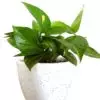
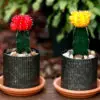
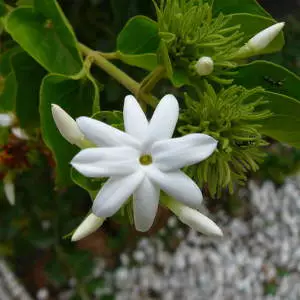
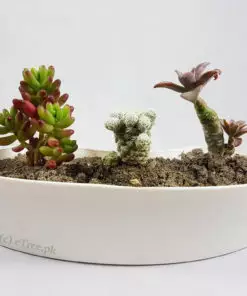
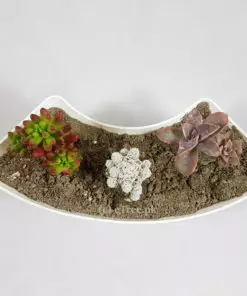
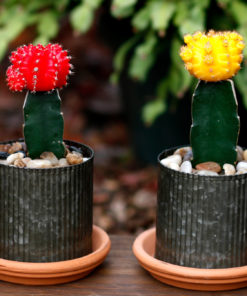
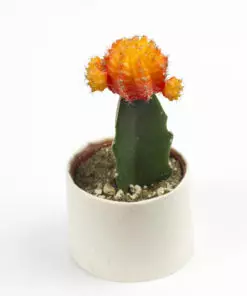
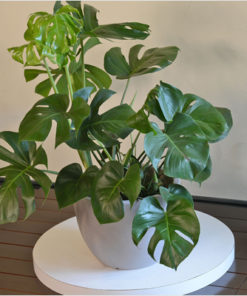
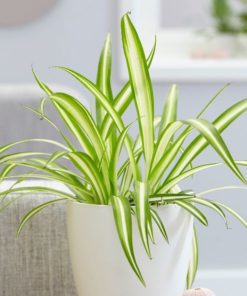
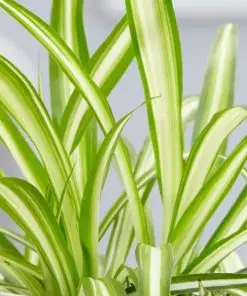
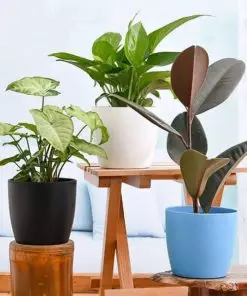
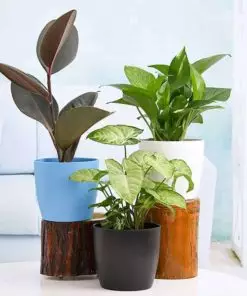
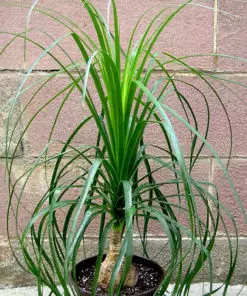
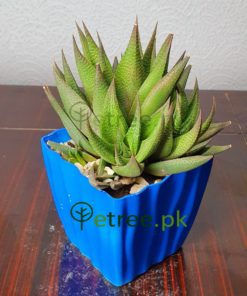
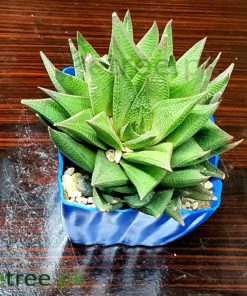
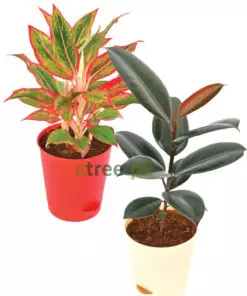
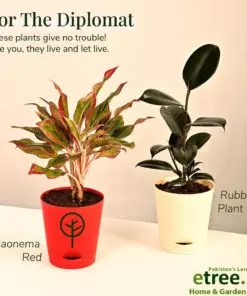
Reviews
There are no reviews yet.